On August 22, the Ho Dynasty Citadel Heritage Conservation Center (Vinh Loc District, Thanh Hoa) organized a workshop on "Nam Giao Sacrifice Ceremony in the history of Vietnamese feudal dynasties and Nam Giao Sacrifice Ceremony of Ho Dynasty".
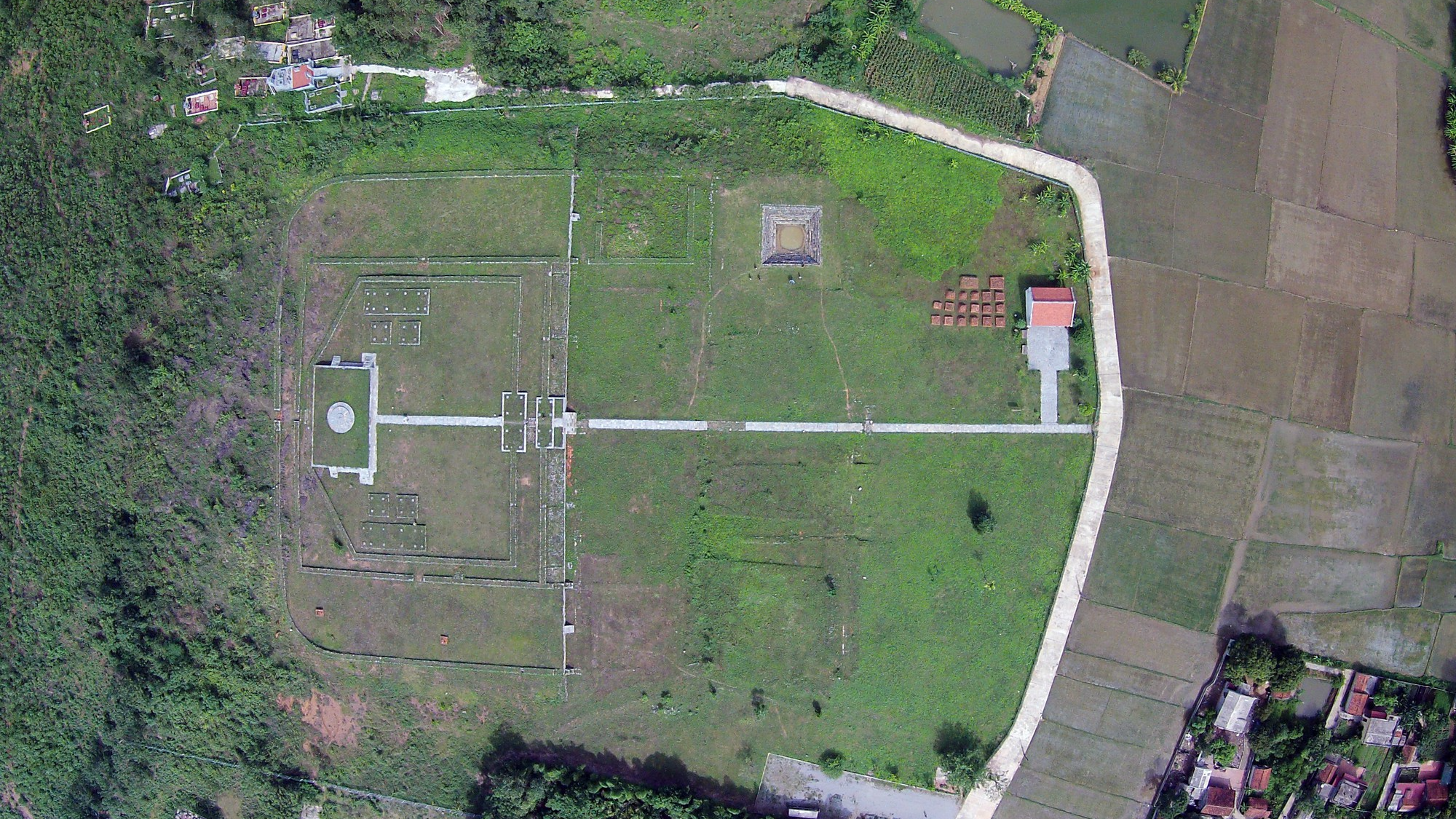
Nam Giao Altar during the Ho Dynasty
The workshop aims to evaluate and gather opinions from experienced experts and researchers on whether or not there is enough basis to decide to restore the Nam Giao ceremony of the Ho Dynasty.
According to information from the Ho Dynasty Citadel Heritage Conservation Center, through excavations from 2004 to present, the basic characteristics of the Nam Giao altar relic in Ho Dynasty Citadel have been identified.
The Nam Giao Altar has its back against the mountain, facing south, and the platforms are arranged in gradually higher levels. From the foot of Don Son, the altar is built on 5 levels, structured in a rectangular shape, facing south.
The Nam Giao Altar is considered the earliest altar in our country and has a relatively intact surface. It is highly appreciated by scientists in terms of history.
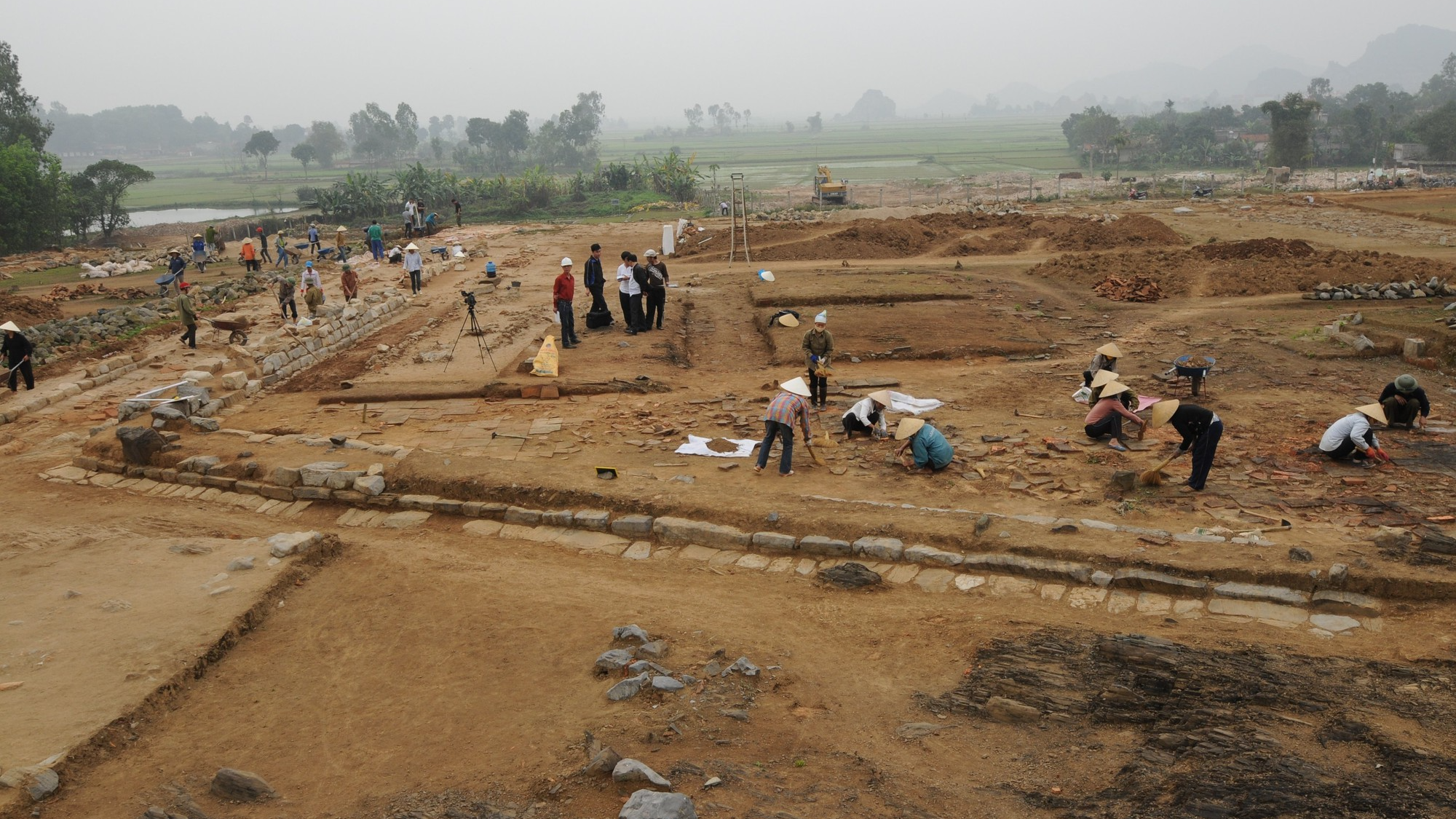
Excavation of the Nam Giao Altar
According to historical records, the first ceremony of the Ho Dynasty took place at the Nam Giao altar in 1402. This is considered the most important ceremony in the Vietnamese feudal regime.
Therefore, the research, restoration and preservation of the Nam Giao sacrificial ceremony need to be given attention and priority. The restoration of the Nam Giao sacrificial ceremony of the Ho Dynasty plays an important role in preserving and promoting the value of the relic site, reviving the soul of the relic in the hearts of the people. On the other hand, the restoration of the sacrificial ceremony is consistent with the development orientation and policy of the Central and local governments, making tourism of the province a key economic sector, and the Ho Dynasty Citadel heritage becoming an attractive destination for Thanh Hoa in particular and the whole country in general.
Participating in the seminar, Prof. Dr. Nguyen Quang Ngoc, Vice President of the Vietnam Historical Science Association, said that from the available documents and information, it is possible to initially visualize the formation and transformation process of the Nam Giao altar relic during the Ly - Tran - Le dynasties on the land of Thang Long - Dong Kinh. And that will be an important basis for comparison and better understanding of the scale and structure of the Nam Giao altar in Don Son, built by Ho Han Thuong in August of the year Nham Ngo (1402).
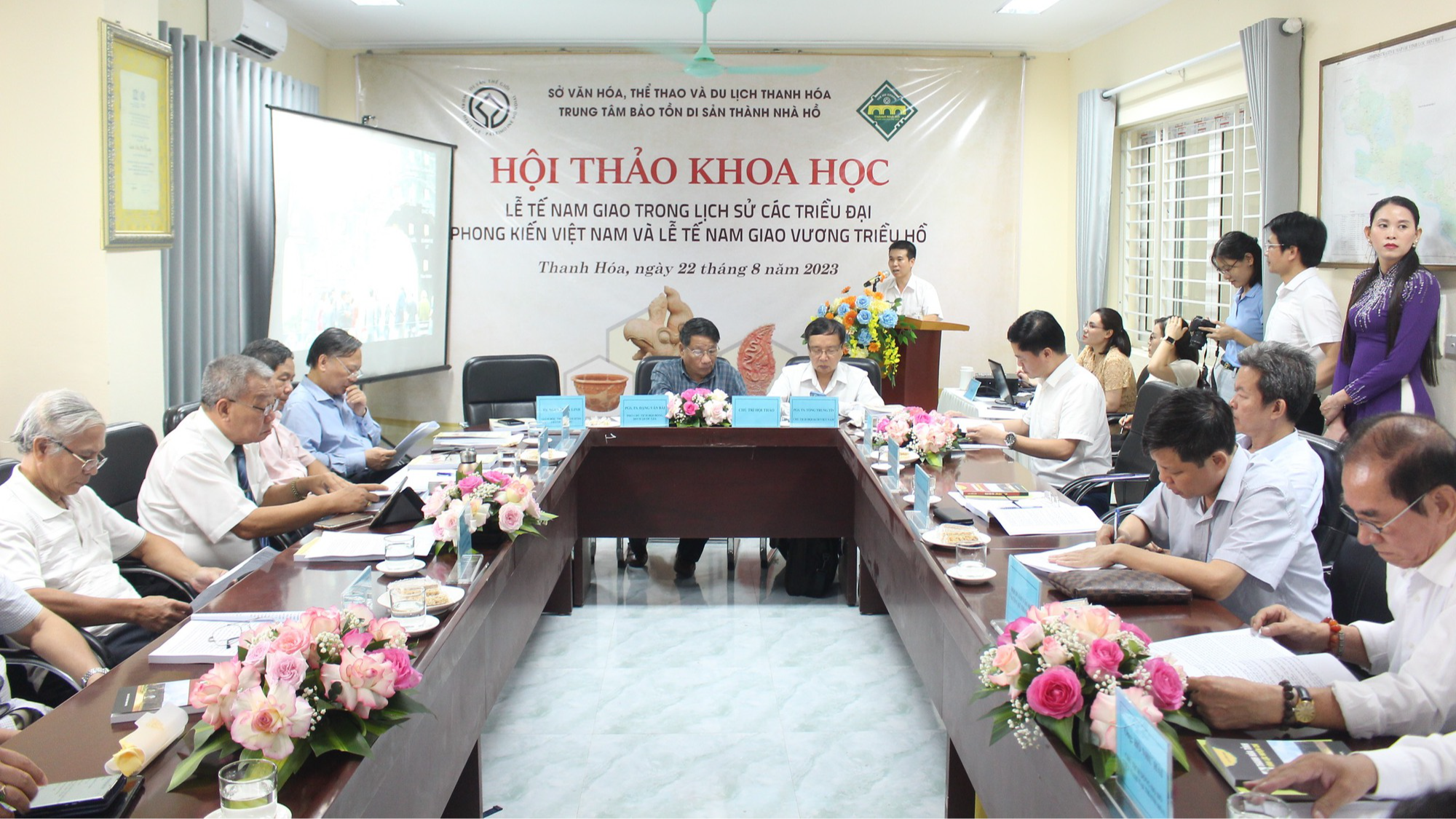
Workshop on Nam Giao Sacrificial Ceremony in the history of Vietnamese feudal dynasties and Nam Giao Sacrificial Ceremony of Ho Dynasty
According to Associate Professor, Dr. Tong Trung Tin, Chairman of the Vietnam Archaeological Association: "Initially, it can be inferred that the worship of the main god in Nam Giao Thanh of the Ho Dynasty is similar to Nam Giao in Hue. As for the two architectural complexes on the foundation, which are places to worship other gods related to the Nam Giao ceremony in the Ho Dynasty Citadel, it cannot be inferred yet. This is only an initial exploration and inference aimed at approaching comparative research to determine the intangible cultural values in Nam Giao Thanh of the Ho Dynasty."
Concluding the workshop, Associate Professor Dr. Dang Van Bai, Vice Chairman of the National Cultural Heritage Council, said that researchers and experts participating in the workshop all agreed and believed that it was necessary to restore the Nam Giao ceremony of the Ho Dynasty.
"No one denies it, everyone agrees very much on the necessity to research and restore the Nam Giao ceremony. The Nam Giao ceremony is a festival, so it must have rituals, music, costumes, offerings... Now it is difficult to complete it immediately, especially in the intangible, it is very difficult to determine the original elements, because the cultural layers are stacked on top of each other, each subsequent generation, starting from political tasks, people insert cultural layers into it. We can completely rely on the experience of the localities that have organized it to create a ceremony that does not depart from tradition, but also has something new for today's life", Associate Professor, Dr. Dang Van Bai said.
It is known that the Ho Dynasty Citadel Heritage Conservation Center has developed a project to restore the Nam Giao ceremony. This workshop aims to gather opinions from experts and experienced researchers, in order to have a scientific basis for the authorities to make the most accurate decision on whether to restore the Nam Giao ceremony or not.
Source link









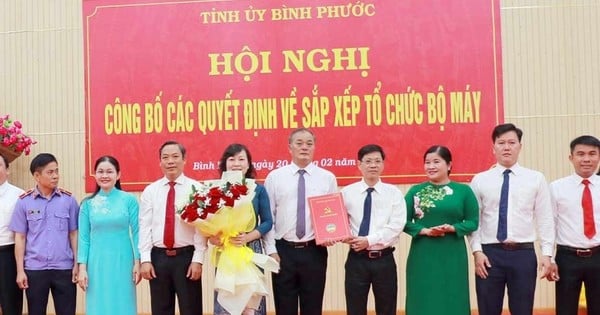




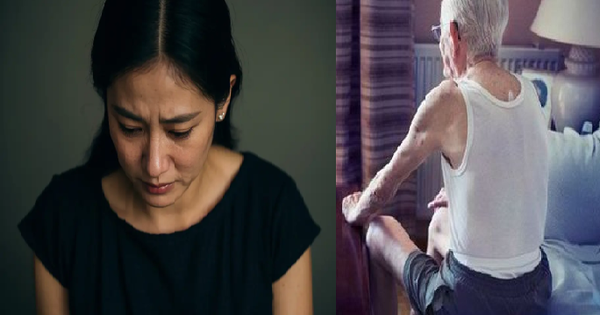

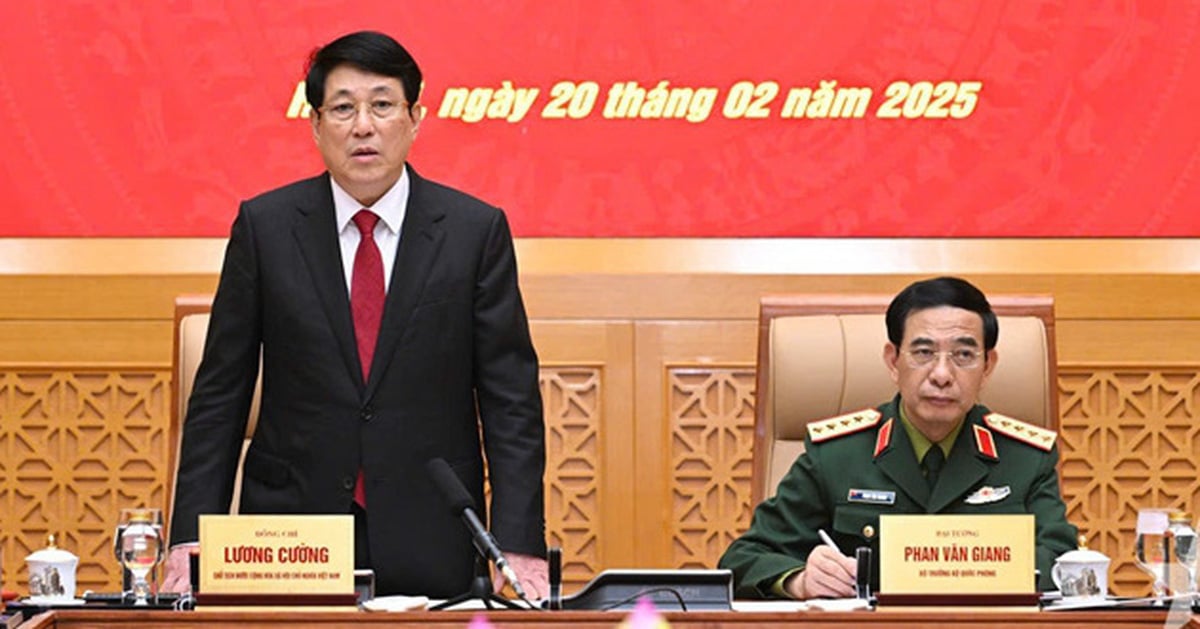

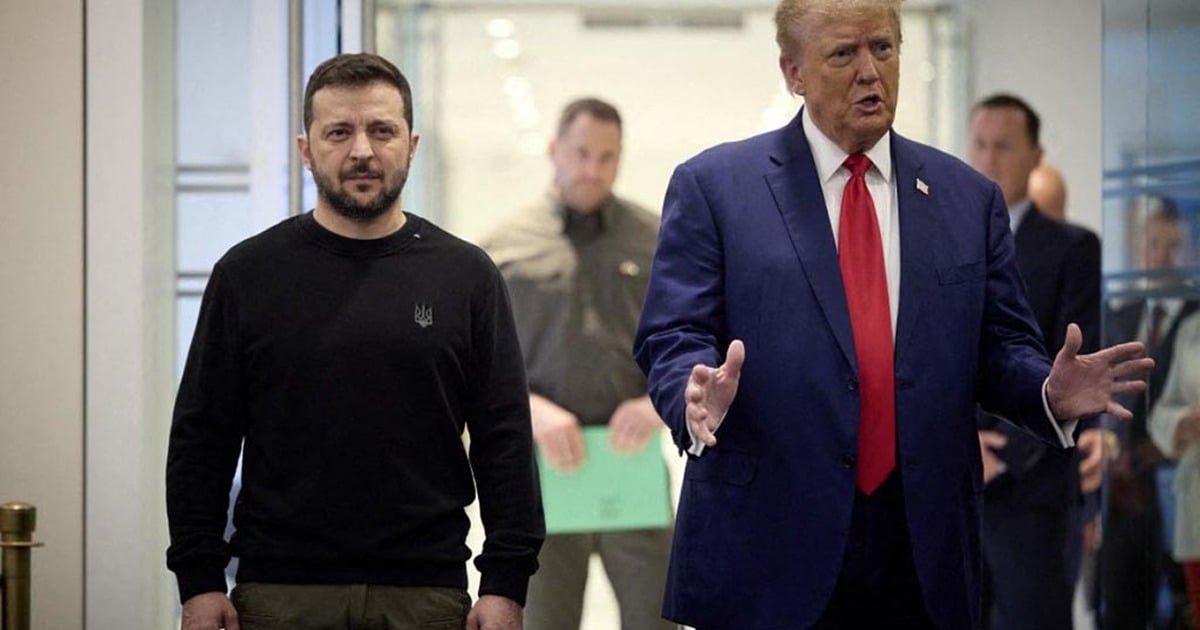
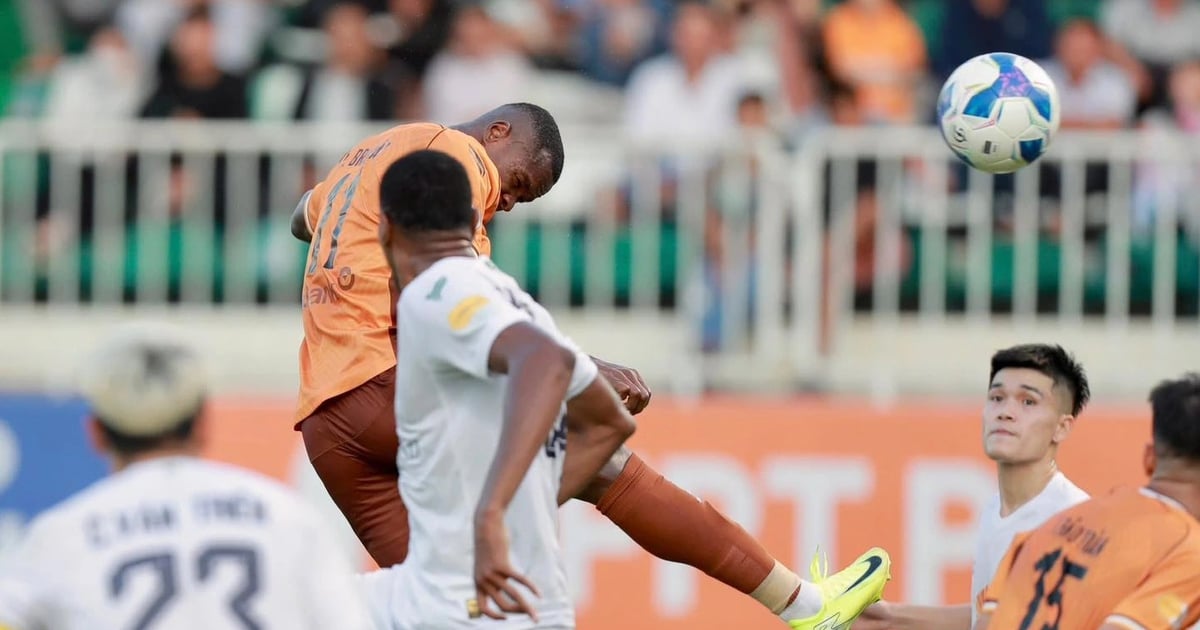






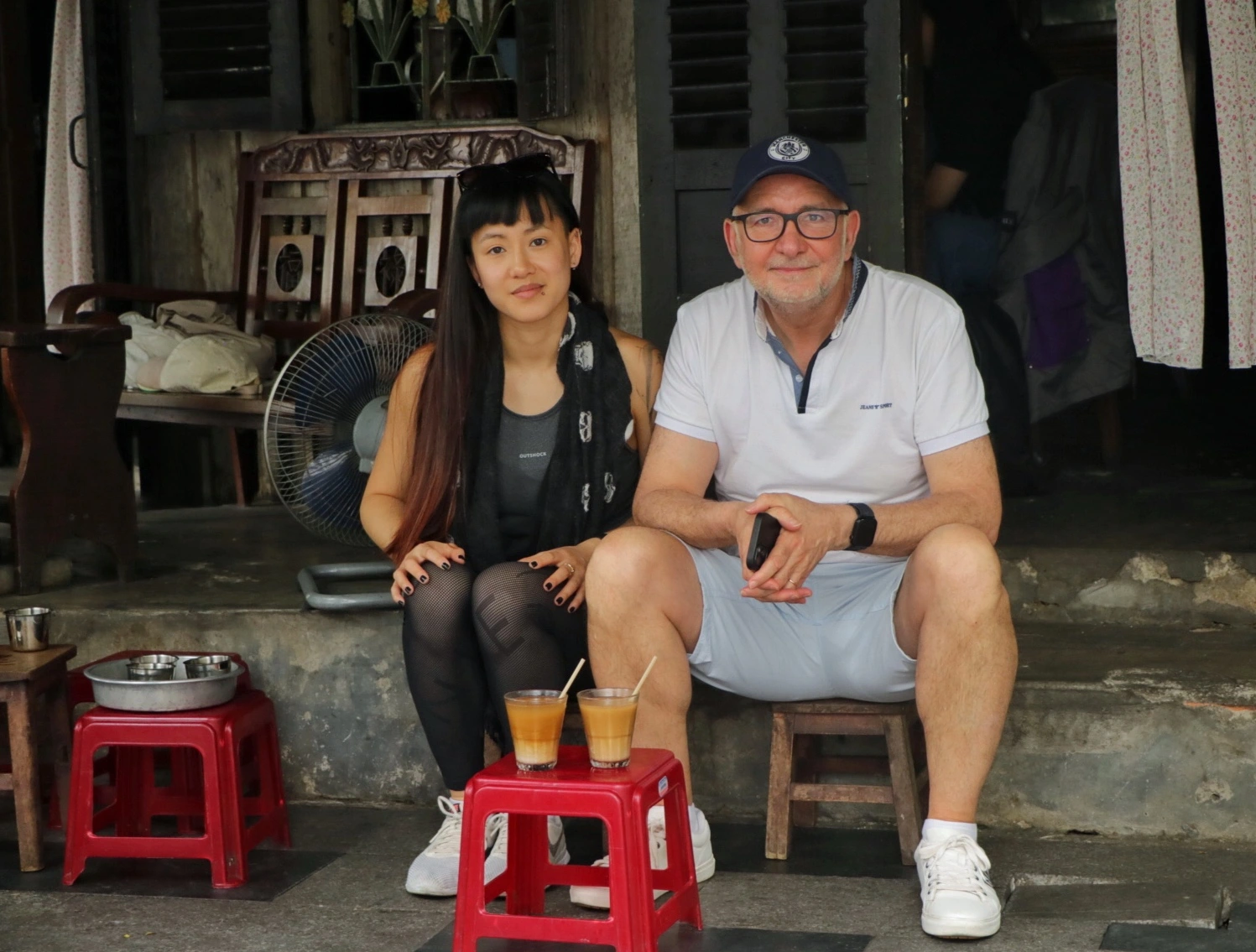
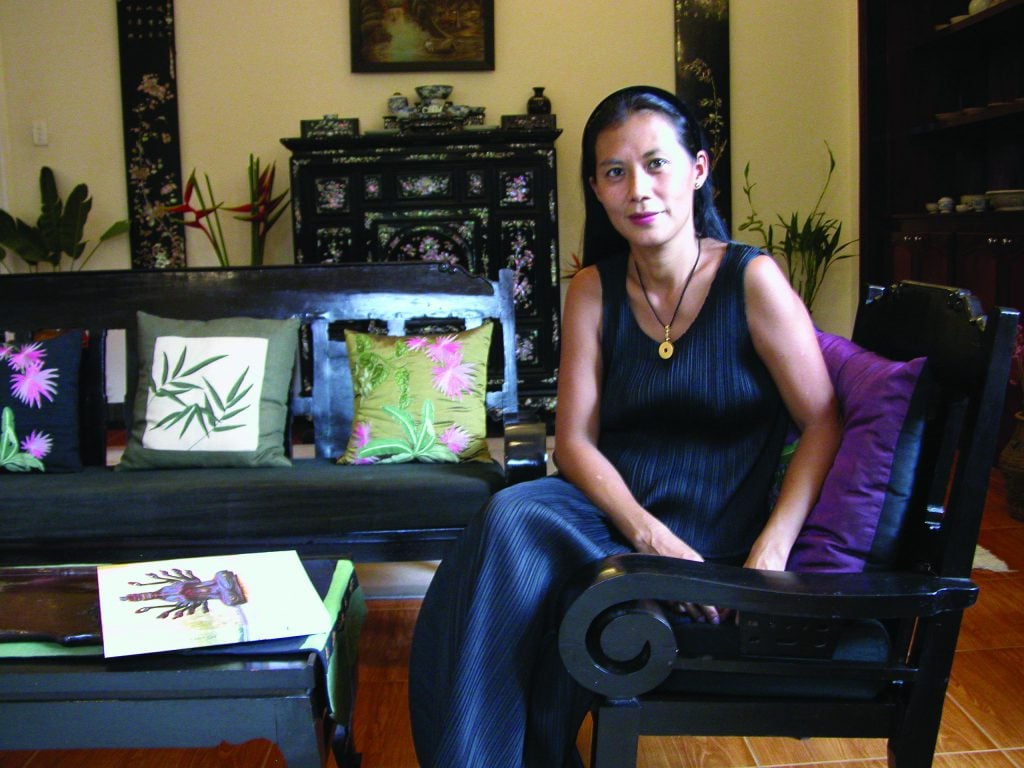
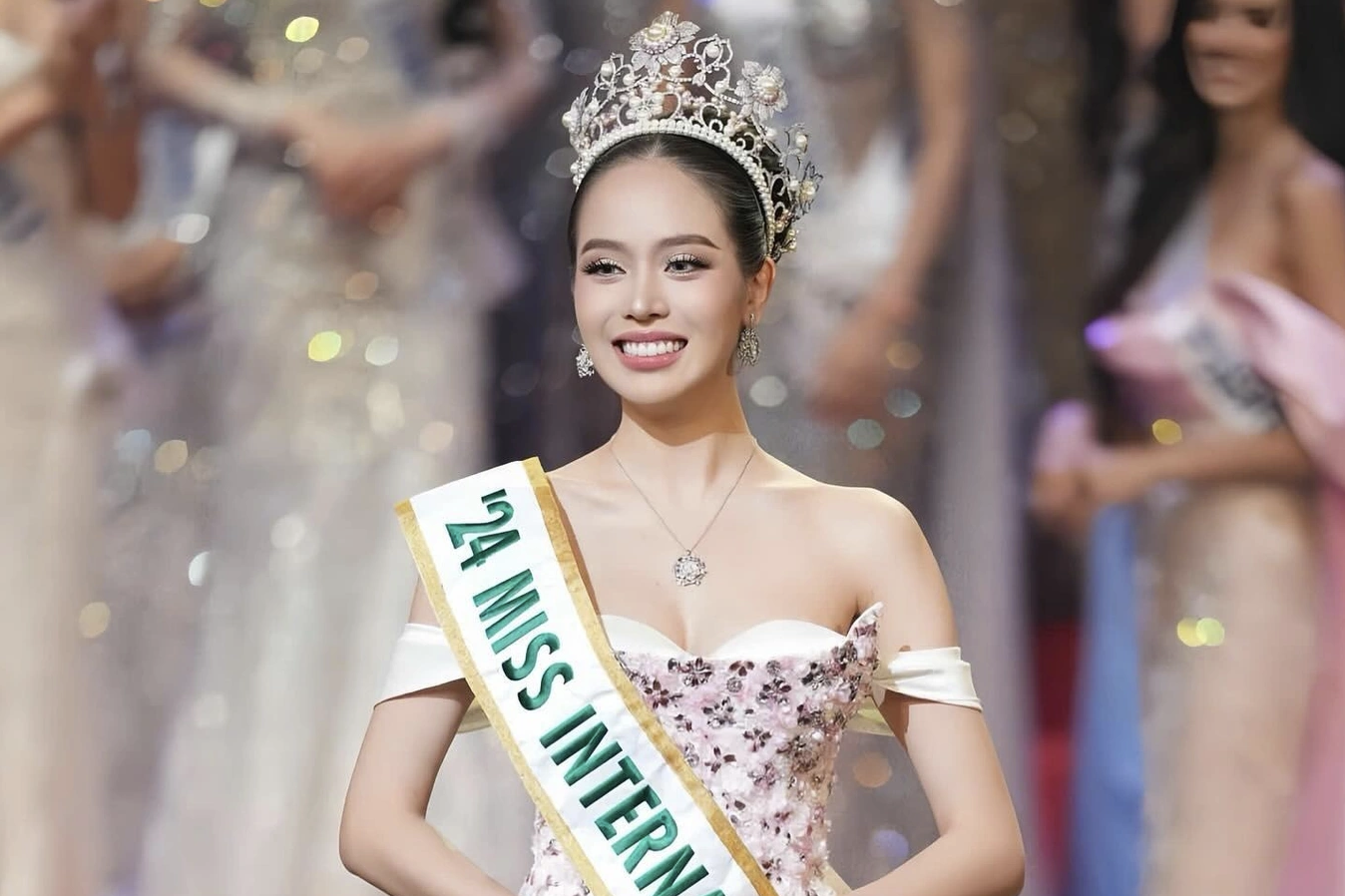

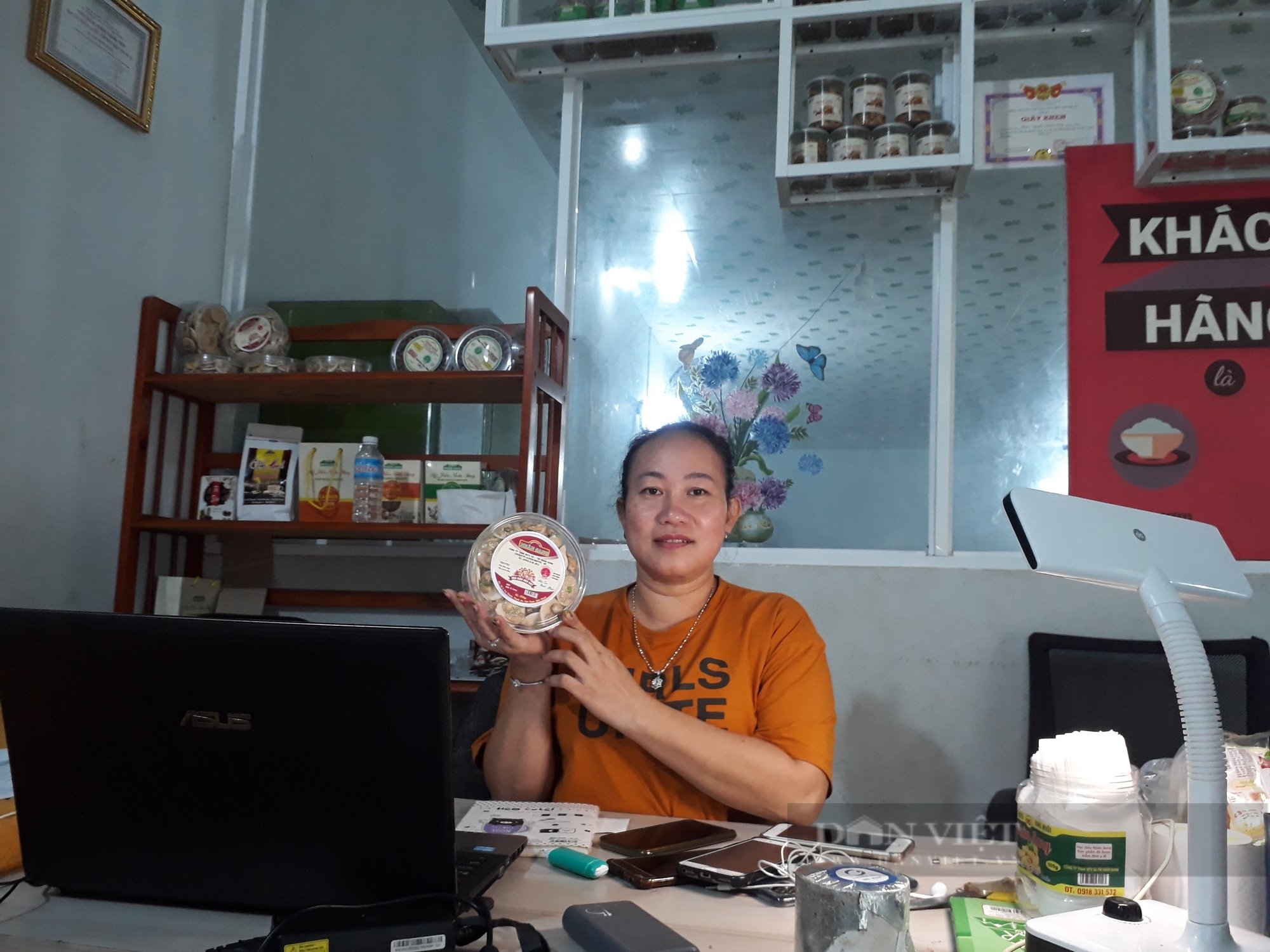

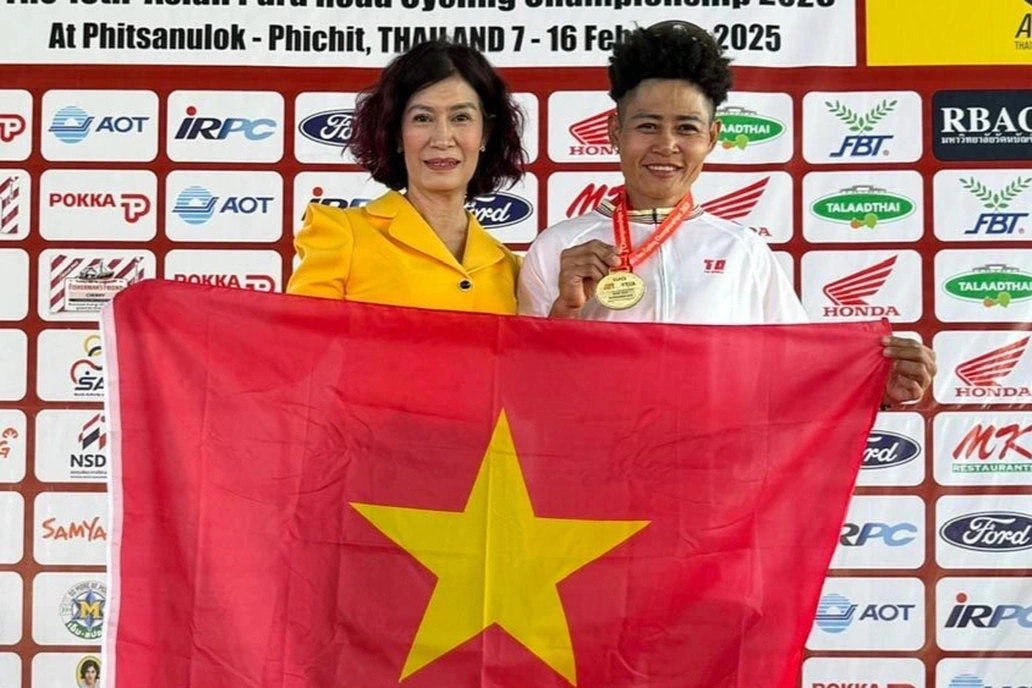

Comment (0)